McLaren team principal Andrea Stella has outlined the factors that caused Lando Norris and Oscar Piastri to struggle during qualifying for the Las Vegas Grand Prix.
The pair were seven-tenths of a second off George Russell's pole position pace, consigning them to sixth and eighth, respectively, on the Sin City grid.
The Las Vegas Strip Circuit mandates a low-downforce setup, with many teams employing specialist parts in a similar fashion to the Italian Grand Prix, at Monza.
A key talking point over the weekend in Nevada has been low-drag rear wings. Whilst McLaren does have a low-drag option - which it is using - some rival F1 teams do not, such as Red Bull.
This prompted an unfounded rumour that the Milton Keynes team had packed the wrong rear wing for the trip to Las Vegas. In reality, the reigning constructors' champions simply do not have one to draw upon and have had to make do.
It has also fed into the narrative that a low-drag set up and, in particular, rear wing is fundamental to lap time around the streets of the infamous city. However, Stella disagrees.
"What I’m talking about in trying to explain our performance, and also the variability of the performance through qualifying, or the variation of the pecking order compared to other times," the Italian began when speaking to media including RacingNews365.
"I think this doesn’t necessarily have much to do with running a little bit less or a little bit more rear wing.
"I have no problem saying that our car works better when we have big wings on, like [in] Barcelona, Hungary Zandvoort, Singapore, we just dominate it.
"It’s more difficult for us [here] - and no surprise, because we don’t spend much time in development at this level of drag - so we accept that it may get a little more problematic for us [at circuits that favour a low-downforce configuration]."
Viewed by others:
Top speed analysis
The counterpoint to Stella's belief is that analysis of top speeds achieved in FP2 put Alpine top, at 353 km/h, with Pierre Gasly now having secured a stunning third-place start for the grand prix.
Meanwhile, McLaren tied with RB on 349 km/h and Yuki Tsunoda will line up in seventh, between the two McLaren drivers.
However, bucking the trend, and the theory, are Red Bull and Haas. Those teams clocked in at 343 and 345 km/h, respectively.
Max Verstappen qualified ahead of both papaya cars, over two-tenths of a second quicker in fifth, as Nico Hulkenberg was fewer than three-hundredths of a second slower than Piastri in ninth.
"But it’s not only the Alpine," Stella continued. "Haas, they were performing very well, Racing Bulls [RB]...
"In these conditions, it does very much have to do with the characteristics of your car and how it interacts with the tyres, because the grip is so low that as soon as you can generate a little bit more temperature, or a little bit more grip, it’s one of those in which you have confidence, therefore you can push more, therefore you can generate more grip, and you start a virtuous cycle.
"And that’s why we were seven-tenths off pole position. I don’t think this is in the car. This is in the interaction between the car, the tyres and the tarmac."
Viewed by others:
Challenges in the race
Regardless, Stella feels the challenge facing the teams in the race will be somewhat different, arguing that graining will become an issue.
The 53-year-old predicts mistakes throughout the field, with drivers locking up their tyres, something that was seen throughout the practice sessions.
"The challenge from a tyre point of view is slightly different," he explained. "It will be more to do with reducing the graining, and then it will have to do with what you might have seen in practice...
"There were many cars locking [up] tyres, and if you have that kind of locking, then you may even have to pit, so there will be different challenges.
"But these challenges, what they have in common with what we saw today in qualifying, is that they very much have to do the unique level of low grip from the tarmac and low grip due to the very cold conditions."
Don't miss out on any of the Formula 1 action thanks to this handy 2026 F1 calendar that can be easily loaded into your smartphone or PC.
Download the calenderMost read
In this article
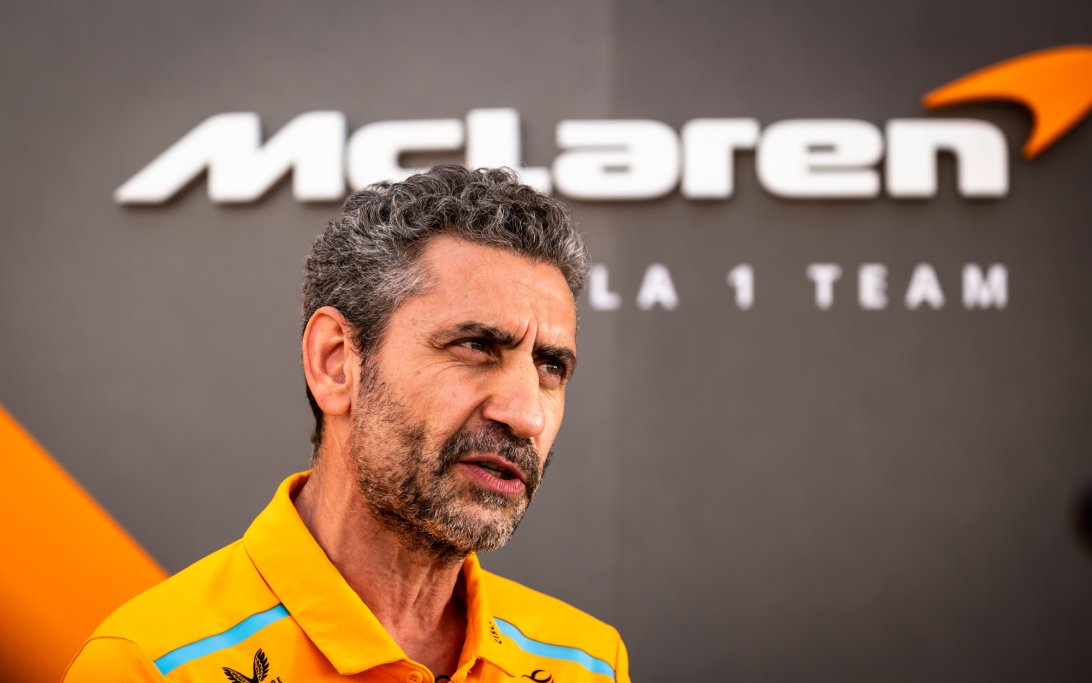
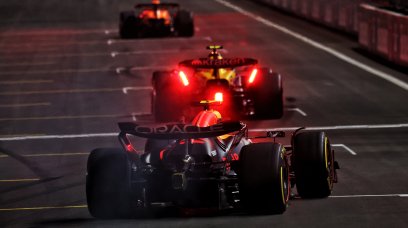
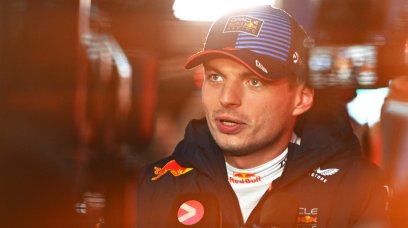

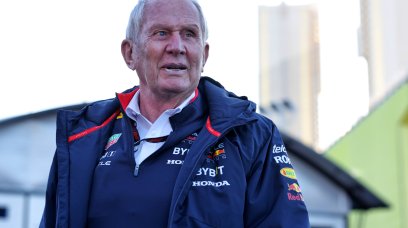
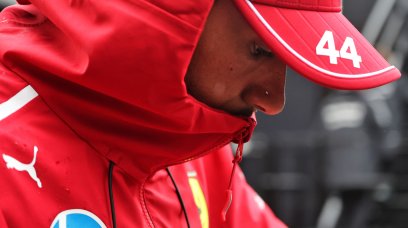
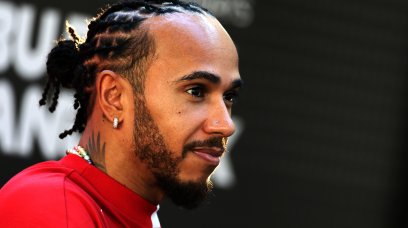
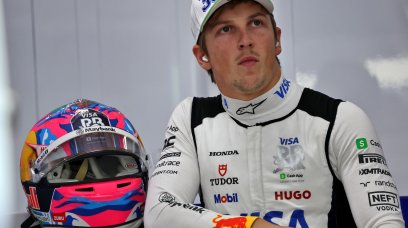
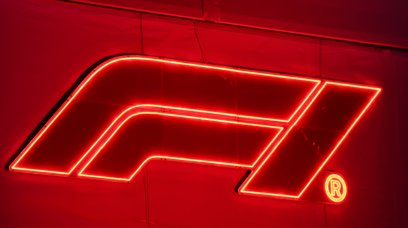
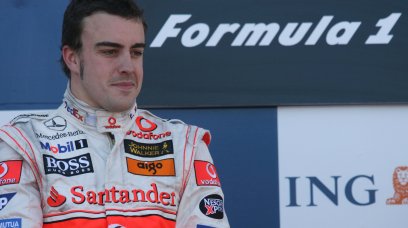
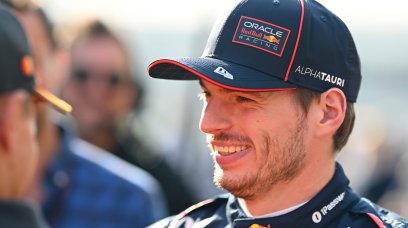

Join the conversation!